Japanese supercomputer finds the reason some baseball pitches can suddenly drop near home plate
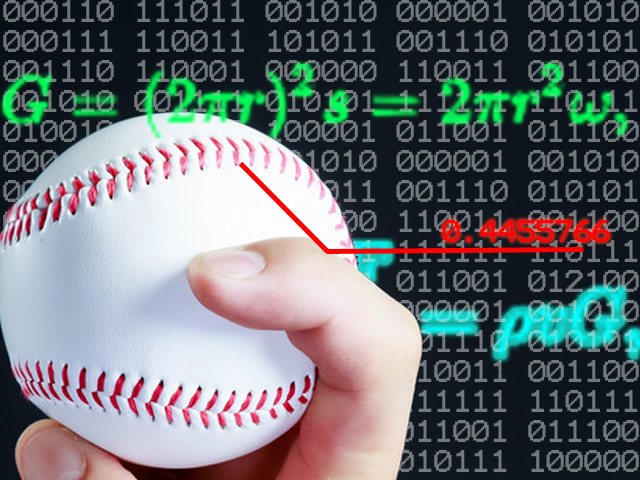
Why have a supercomputer if you can’t use it to figure out how a two-seamer works?
“It’s all in the wrist,” is a sports cliché that’s been around forever and describes how technical finesse is often more important that raw strength. Particularly in ball games where putting the right spin can make all the difference.
However, research conducted by Professor Takayuki Aoki and his team at the Tokyo Institute of Technology discovered that it might not “all” be in the wrist after all. Sometimes it’s also in the seams.
First, let’s fly through the basics of the Magnus effect. This physical phenomenon occurs when a spinning object is moving through a fluid – most often air (yes, air is a fluid, though it’s not a liquid). The object pushes against the air, which in turn pushes back against the object and an upward force, or “lift” not unlike that used by aircraft, is generated.
▼ In this diagram the green object is moving towards the left and backspinning, which creates an upward Magnus force
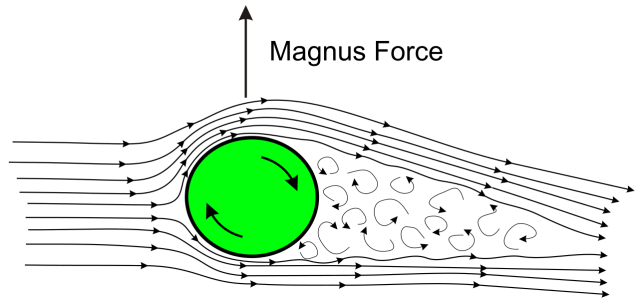 Image: Wikipedia/Rdurkacz
Image: Wikipedia/Rdurkacz
Even without understanding the raw physics behind it, the phenomenon is easy enough to observe in any number of sports from table tennis to golf. The three factors that determine a ball’s path are speed, rotational speed, and rotational angle, so a fast backspin will keep a ball airborne longer and even a slight sideways spin might send a golf ball too far off course over 200 yards.
In baseball especially, spin speed and angle dictates a wide range of pitches designed to keep the batter guessing. Some of the most devious pitches include the splitter, forkball, and two-seam fastball, all of which appear to move straight and then suddenly fall just before reaching the batter.
Up until now conventional thinking was that a lighter backspin was what caused this effect, but under the principles of the Magnus effect, less backspin would still create lift and just make the drop more gradual rather than sudden, so something else must be happening.
▼ A montage of two-seam fastball hooks and a lot of pissed-off batters
To find out, Professor Aoki employed the Tsubame 3.0 supercomputer to analyze the fluid mechanics of a baseball moving through air in extremely high detail. In the end, he found that in addition to the three factors mentioned above, the seam of the ball also plays a significant role in its trajectory.
As the ball spins, its stitches interact with the air as well and creates what Professor Aoki calls a “negative Magnus effect” that causes an additional downward pull. As you might suspect, the influence of the ball’s seams is small, and in order for a significant negative Magnus effect to be created Professor Aoki says that the seam must be in contact with the air flow for about a third of the rotation.
Now, allow me to demonstrate the grip of a split-finger pitch, notorious for its ability to drop off at the last minute, on an “Autograph Ball” I bought from Daiso.
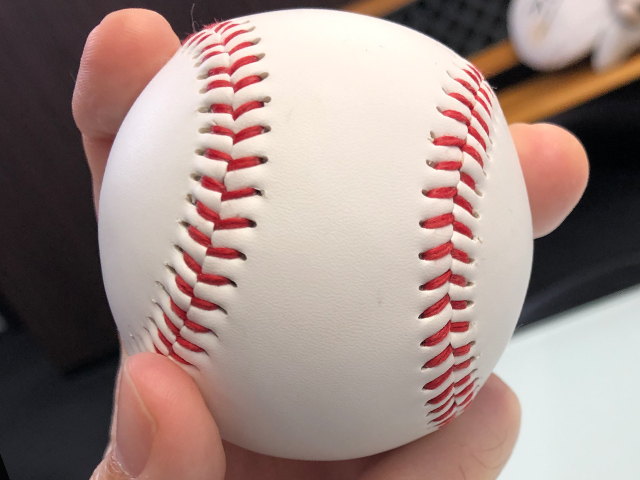
Note how the seams are running more or less parallel with the direction I would throw and spin the ball. Because of this, the maximum amount of drag can be achieved, and after a certain number of rotations, enough negative Magnus effect force will have been built up to cause a sudden downward pull.
This is very clear in the difference between a two-seam and four-seam fastball, each pitch is named such because it’s the number of seams a batter would see as the ball hurtles towards them.
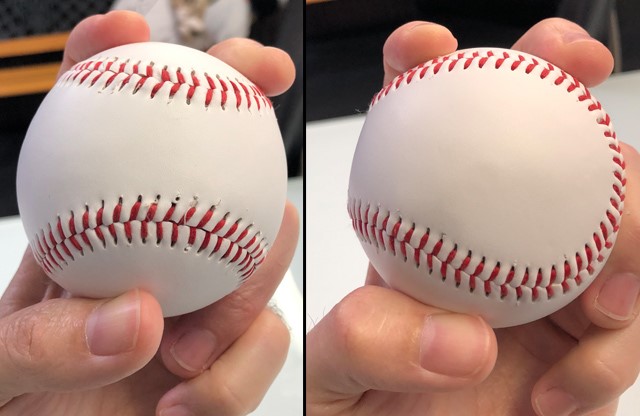
There isn’t a whole lot of difference between these two pitches aside from the orientation of the ball. However, in practice the two-seamer will drop late in the pitch. Previously this difference was attributed to a weaker spin or even an optical illusion, but Professor Aoki believes it is a result of the contact between seam and air.
When the two-seamer spins the seam is touching the air at front for a more continuous period of time.
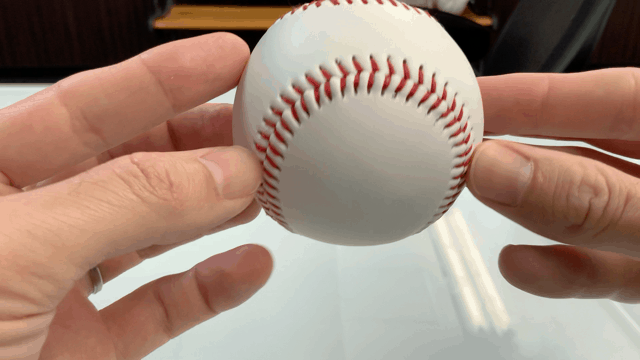
The four-seamer on the other hand is a repeated interval of seam and no-seam ball surface, which isn’t enough to generate a negative Magnus force.
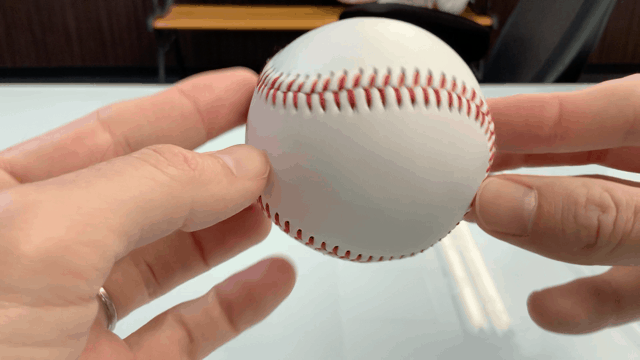
And that is how these unique sinkers are born according to the Tsubame 3.0 supercomputer.
What this means at this point is uncertain, however. It may lead to the development of more sophisticated pitches or it might just become a fun piece of baseball trivia. It would seem that theoretically at least, one could control when and to what degree the ball dropped or hooked by the amount of seam facing forward.
One thing is for certain though. If you ever want to sound like a genius next time you’re watching sports, remember to blurt out something about “the Magnus effect” every so often.
Source: The Sankei News, Itai News
Top image: Pakutaso
Insert images: ©SoraNews24 (unless otherwise noted)
● Want to hear about SoraNews24’s latest articles as soon as they’re published? Follow us on Facebook and Twitter!
Credit:




0 comments: